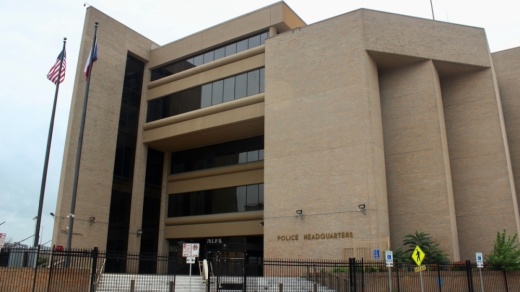The new model stems from a project funded by the Greater Austin Crime Commission and overseen by researchers at the University of New Haven and Texas State University. Their work gathered millions of data points from five years' worth of APD officer responses and calls for service into a machine learning model, which produced several recommendations for the department's patrol operations.
In a virtual briefing on the program, Police Chief Joseph Chacon hailed the "groundbreaking" model as the first of its kind in the U.S. and a tool that could shape ongoing conversations about the APD's staffing needs and the department's lagging priority response times.
"We pride ourselves as a police department in using data and evidence to make decisions, especially policy decisions that are going to make sense for our community," Chacon said. "This falls right in line with that and is going to be, I think, a very useful tool for our department and something that has that evidence behind it when we talk about, ‘This is the right number of officers that we need to be able to accomplish our goals.’”
Jonathan Kringen, APD's chief data officer, said the machine learning model looked at multiple elements of the police response data to produce results that Chacon and the APD may now act on. Officials said both the model and community input were used to determine ideal staffing levels and response times that could get Austin police to a crime scene faster and more often result in outcomes such as an arrest.
The model recommends upping the APD's patrol force at any given time to 882 officers, 108 more than the 774 currently authorized, Chacon said. And with nearly 900 officers on patrol, the model found the APD could strive for an average response time of 6 minutes, 30 seconds for the most urgent calls in the city—well below the police department's current goal of just below 8 minutes, a mark which the department already does not typically meet.
The model also recommended a response time target of 8 minutes, 30 seconds for nonurgent emergency calls, a step down from the current target of 9 minutes, 31 seconds that is also frequently missed month to month.
How those figures play into city budgeting and APD decision-making remains to be seen. Despite his positive view of the study overall, Chacon said the new estimates are just one of several tools he will use in his push to boost APD's staffing level. He also said the release of the statistics and model information will be followed by several weeks of engagement with City Council and community members to gather input on how the results could best be used for a new staffing outline.
“In the following weeks ... I will present detailed plans to the city manager and to mayor and council detailing how these recommendations may be implemented in a sensible manner that fits within our city budget and responds to keeping our community safe. This is a major step forward to accomplishing these goals," Chacon said.
The January results only account for APD patrol operations and did not consider higher ranks or specialized units. Chacon said the APD and the crime commission plan to follow up later this year with a second report using similar data analysis to determine ideal staffing for those positions. And with the model now in place, Chacon said he expects to see regular updates to the staffing and response items based on future shifts in Austin and within the department.
"This is not a one and done. This is something we will be using over time. It is a really great tool for us," he said.
The crime commission's finalized staffing project report may be viewed here.





